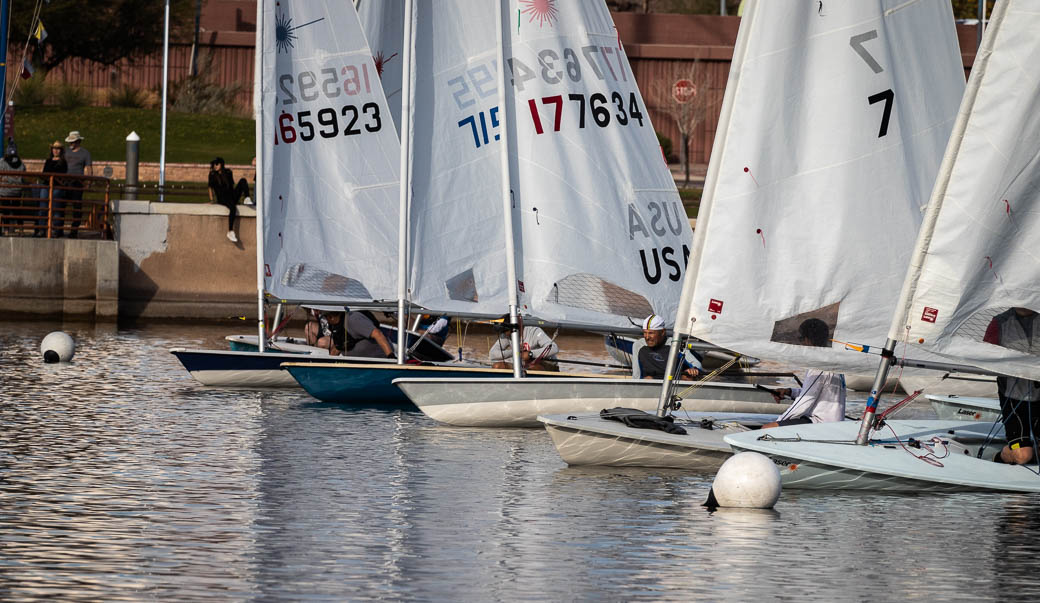

Often too much significance is attributed to sailing tactics and tactics only become the most important factor if you are sailing at a very high level. Sailing Tactics Be Better Than The Competition
For most of us, it’s better to invest in training time, concentrating on sailing technique and boat tuning. As a word of caution though, you can’t manage without tactics altogether.
I have jotted down below, a couple of rules, that if you follow, you’ll be better than 80% of the competition unless of course, you are sailing at World Cup level.
Read the Sailing Instructions –
How often have you seen it that someone who doesn’t know the course, sails to the wrong mark, or doesn’t know what a penalty would be when a rule is infringed?
Know the Rules –
You don’t need to know the rules by heart but you should have an understanding of the main ones such as when boats meet.
If fellow competitors know you aren’t sure of the rules they will make the most of it, often screaming rules that don’t exist or have not been in effect for years.
Get out to the course early –
set your boat up for the conditions, get used to the wind and waves, observe whether it is increasing or softening, are the shifts oscillating or persistent and what current is there across the course.
Check the Start line –
Look for line-end bias and establish transits so you will be right on the line when the gun goes.
Starting Strategy –
Of course, having your own starting strategy is best. If you are not yet confident, observe where the best sailors in your fleet are setting up and head in that direction.
Of course, don’t start too close to them otherwise you may become their “marshmallow”.
Start on the line in Clear Air –
For a beginner, it is very difficult to calculate the distance to the line. That’s why you should orientate yourself to the boats immediately near you. Do this in the last minute before the start.
Keep a constant lookout for boats coming in from above and below. Above all try to have space to leeward so you can foot off to maintain clear air.
Sail the long tack first –
From your homework, prior to the start, you will have noticed whether the first mark is square to the start line. If not, where physically possible, sail the longer tack first.
This means that you will have more options to play the shifts before arriving at the layline.
Avoid arriving getting to the Layline until as late in the leg as possible –
for the reasons mentioned above, once you are at the layline you have lost the ability to play any shifts.
Have a plan –
From your time on the water prior to the start you will have established a plan for the race. While racing, have your head out of the boat watching your fleet and for changing conditions.
Be prepared to change your plan should your observations tell you there is a permanent change occurring.

